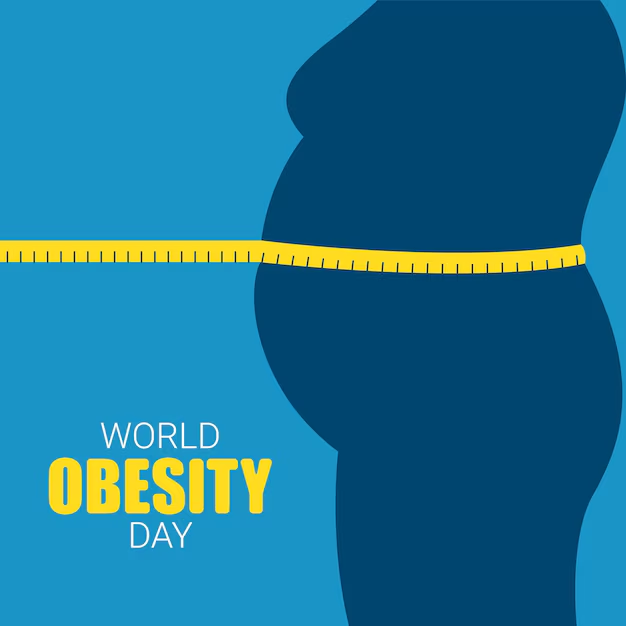By Kushal Pal Singh, Fitness and Performance Expert at Anytime Fitness
Contrary to what many may believe, obesity is more about your health, mobility, and overall well-being than just weight. With World Obesity Day around the corner, there’s no better time to talk about how fitness is evolving to help people manage obesity more effectively. 2025 has brought a fresh wave of science-backed, sustainable workout trends that focus on long-term weight management rather than quick fixes. Here’s what’s making waves in the fitness world this year.

1. Strength Training for Fat Loss
Weight loss isn’t confined to endless cardio. Strength training is now a non-negotiable in obesity management. Strength training improves body composition by increasing muscle mass, which enhances overall energy expenditure. This type of training improves insulin sensitivity and overall energy expenditure, which helps with fat loss.
2. Hybrid Workouts
Why choose one when you can have both? Hybrid workouts – a mix of HIIT and Strength training, are gaining traction. These sessions burn calories while preserving muscle, making them perfect for sustainable weight loss. Plus, they keep workouts engaging and time-efficient.
3. LowIntensity Interval Training (LIIT)
Traditional high-intensity workouts can be tough on joints, especially for individuals with obesity. That’s where LIIT comes in. LIIT training is a good alternative for those who are newer to fitness, the older population, and those coming off an injury. These workouts offer all the fat-burning benefits of HIIT but with low-impact movements, making them accessible and effective for everyone.
4. Functional Fitness for Everyday Movement
Functional workouts mimic real-life movements like bending, twisting, and lifting, improving mobility and strength. This trend helps people with obesity gain independence and confidence in their bodies and lose fat in the long run.
5. Fitness Based Community Platforms
Moreover, fitness-based community platforms as well as Gyms are helping create customised workout plans based on an individual’s body composition, fitness level, and goals. Plus, real-time tracking and virtual coaching ensure consistency, making obesity management more structured and data-driven.

6. Strength-Based Cardio
Traditional cardio in excess can sometimes lead to muscle loss, which slows metabolism. Strength-based cardio like kettlebell circuits, battle ropes, and sled pushes keeps the heart rate high while maintaining muscle mass. It’s an efficient way to shed fat while preserving the muscles. Remember this is not the cost of resistance training.
7. Recovery & Stress Management Workouts
Stress and lack of sleep contribute to obesity more than we realise. 2025 has seen a rise in yoga, breathwork, and mobility drills designed to reduce cortisol levels, improve sleep, and enhance overall well-being. Managing stress is now a crucial part of weight loss strategies.
8. Group Training & Community Workouts
Obesity can feel isolating, but fitness doesn’t have to be. Group workouts, buddy training, and fitness communities are playing a massive role in keeping people motivated. The sense of accountability and encouragement makes long-term consistency easier and more enjoyable.
Overall, Obesity management refers to a sustainable, healthy lifestyle, and that’s what makes it important in the 21st century where people are struggling with serious obesity issues. These trends are proving that weight management in 2025 is about strength, movement, and long-term well-being rather than just shedding pounds. If you’re looking to start, remember – any movement is progress. Find a workout style that feels good for you, and take it one step at a time.
Pingback: Mumbai-Khatipura special train to ease travel this Holi - The Look